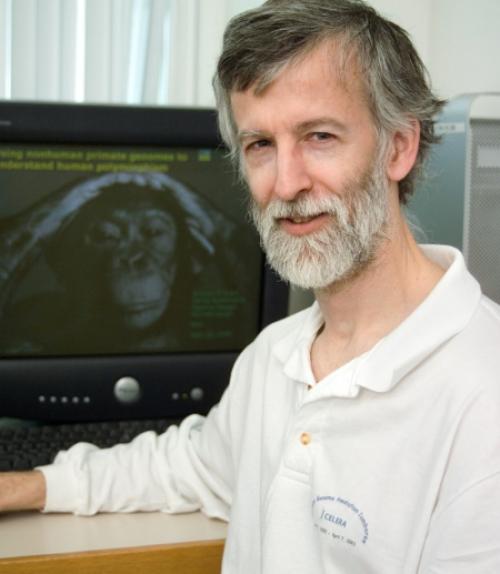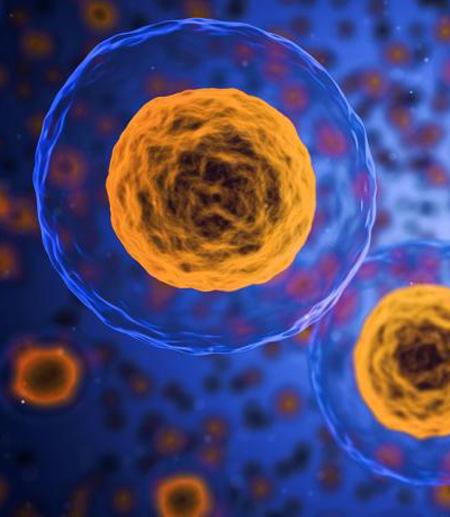
New data science, computational biology departments span colleges
The university is launching two new multicollege departments – one in statistics and data science, and one in computational biology – to meet evolving research needs, encourage collaboration, and improve the quality of teaching and learning in these increasingly essential fields.




